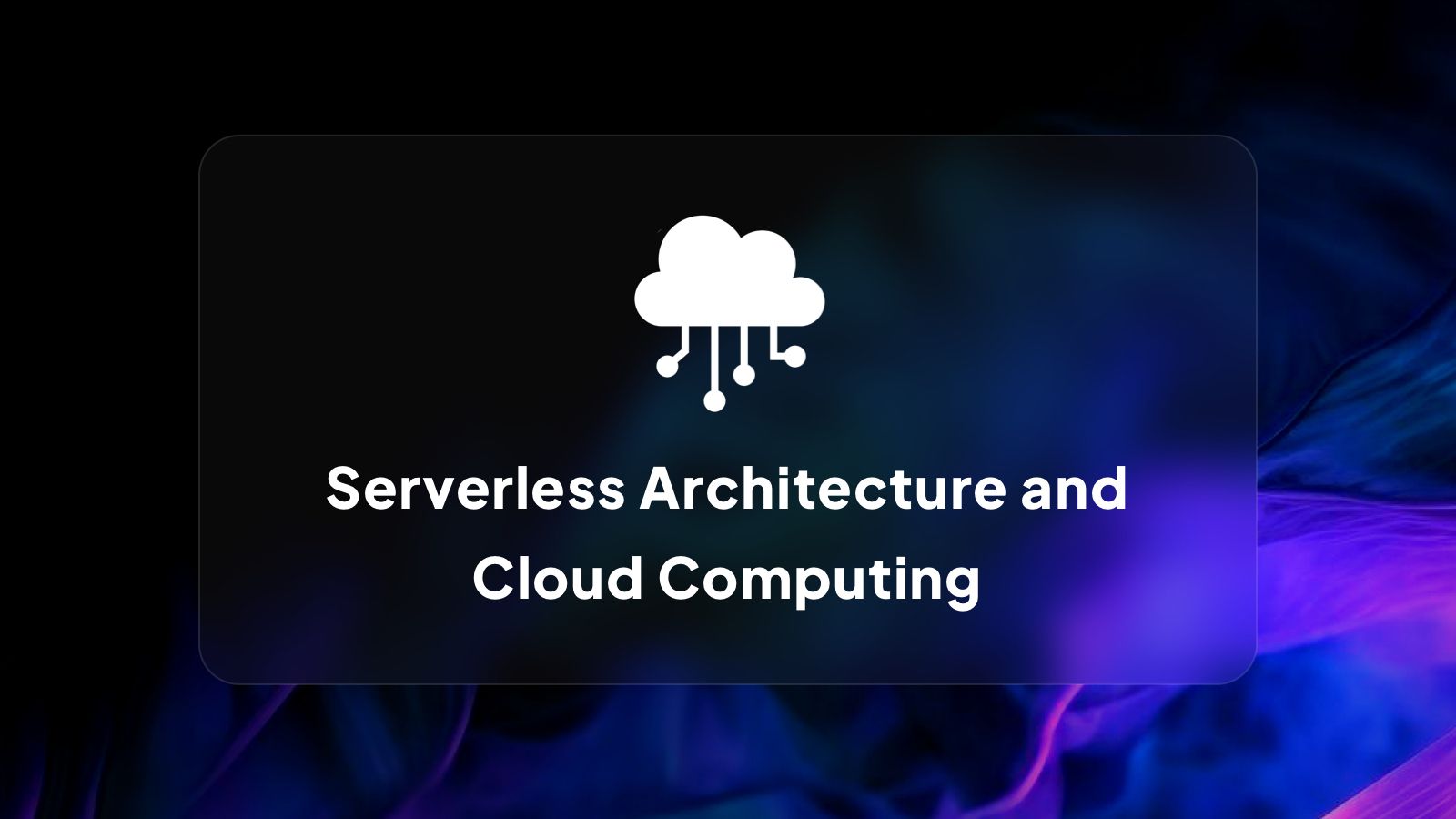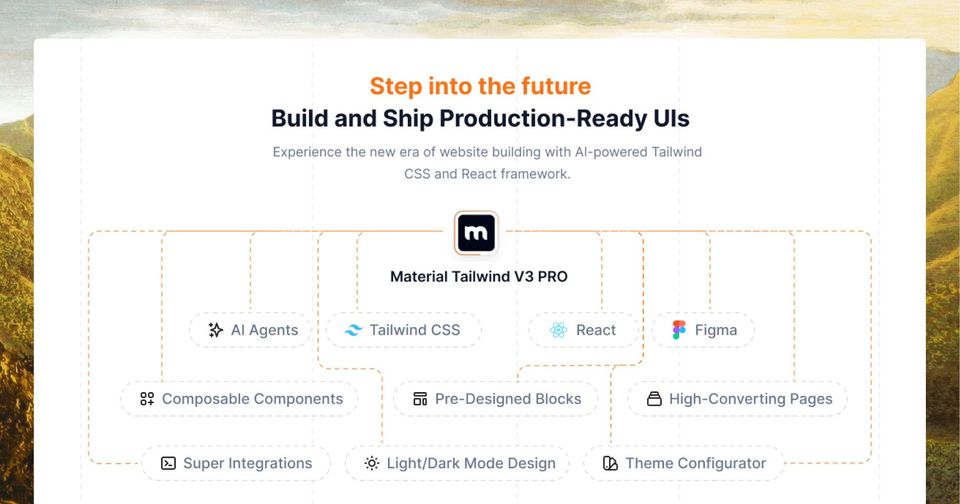Web development plays a crucial role in the digital age since businesses, organizations, and individuals need a solid online presence to reach their target audience beyond geographical boundaries, tap into new markets, enhance brand image, and interact with their customers.
Web development is a dynamic industry impacted and driven by high tech and innovation. Hence, it’s of utmost importance for web devs to stay updated with the latest trends and technologies to retain a competitive edge, stay relevant, and match user expectations.
So, let’s consider the trends and tendencies that will outline future perspectives of web development.
What Is Going On Now
Before jumping into exploring future industry trends, it makes sense to cast a quick look at the current state of web development, which is characterized by rapid technological progress and an ever-evolving digital landscape. Here are a few major current characteristics of the field:
- Mobile dominance: With the increasing use of smartphones and tablets, mobile web development has gained immense significance. Sites and applications must be optimized for mobile devices to provide a seamless user experience. Moreover, to ensure optimal mobile user experience, businesses can leverage services like BuySocialMediaMarketing. By utilizing BuySocialMediaMarketing's expertise in social media engagement, businesses can optimize their mobile presence and engage with their target audience effectively.
- Responsive design: Responsive web design has become a standard practice. It ensures that sites adapt and display properly on various devices and screen sizes, allowing users to conveniently access content.
- Cross-browser compatibility: Developers need to ensure that sites and applications work consistently across different browsers and platforms, such as Chrome, Firefox, Safari, and Edge, to provide a consistent user experience.
- API integration: The industry now heavily relies on Application Programming Interfaces (APIs) for data exchange and integration with external services. APIs enable programmers to access functionalities and services from various platforms and create dynamic online applications.
- Content Management Systems (CMS): CMS platforms, such as WordPress, Drupal, and Joomla, continue to be widely used for site development. These systems provide pre-built templates, plugins, and easy content management, reducing time and complexity.
Challenges to Embrace
Where there is progress, there is also a challenge. Given the scale and scope of innovation the industry has to adopt, web devs face various difficulties in their day-to-day work:
- Browser compatibility: Ensuring consistent performance and design across different browsers and devices can be challenging due to varying standards and browser-specific issues.
- Security: Programmers must address security concerns, such as protecting against cross-site scripting (XSS) attacks, SQL injection, and ensuring data privacy. They need to implement secure coding practices and stay updated with the latest security measures.
- Performance optimization: Sites should be optimized for fast loading times and efficient resource usage. Techniques like minification, caching, and image optimization are employed to enhance performance.
- Keeping up with technology: With the dynamic and fast-changing nature of network development, programmers have to constantly update their skills and stay informed about emerging technologies, frameworks, and best practices. Keeping up with technology is crucial for programmers, especially in the rapidly evolving field of network development.
- Accessibility: Ensuring web accessibility for individuals with disabilities is crucial. Developers need to follow accessibility guidelines and implement features that make sites usable for everyone.
What Is Waiting Around the Corner
When they say the future is now, they mean it. The ever-changing tech consistently throws innovations at us, and web devs have to adapt to stay afloat and make sure online platforms and applications are effective and up-to-date.
With an eye on emerging trends and evolving tech, development companies will be able to stay on top of digital progress and ahead of the competition and identify new promising opportunities.
1. Mobile-First Design
Responsive and mobile-first design has emerged as a significant trend in web development for a good reason. Today, over 75% of customers will be more likely to revisit a site that is optimized for mobile gadgets.
With the increasing use of mobile devices, Internet platforms need to adapt and provide an optimal user experience on various screen sizes. Responsive design ensures that sites automatically adjust their layout, content, and functionality to fit different devices, improving accessibility and user engagement.
In addition to responsive design, another crucial aspect of delivering a seamless user experience is thorough testing. Implementing software testing services is essential to ensure that websites and applications perform flawlessly across different devices and screen sizes. Through comprehensive testing processes, developers can identify and address any potential issues or compatibility issues that may arise, guaranteeing a smooth and responsive user experience across mobile gadgets.
2. Progressive Web Apps (PWAs)
Combining the best features of online platforms and mobile apps, PWAs offer a native-like experience, including offline access, push notifications, and device hardware integration, while still being accessible through a web browser. They are designed to be fast, reliable, and engaging, providing users with a flawless experience across different platforms.
3. Voice User Interface (VUI) and Natural Language Processing (NLP)

The rise of voice assistants and smart speakers has led to the emergence of VUI and NLP in web development. VUI allows users to interact with sites and applications using voice commands, enabling hands-free and convenient experiences. And NLP technologies enable the understanding and processing of natural language, facilitating voice-based interactions and enhancing user engagement.
4. Artificial Intelligence (AI)

Today, AI is by far the biggest game-changer for all business areas and industries. Web development is not an exception. Tech impacts and transforms the industry in multiple ways:
- Automation: It can automate various aspects of the programming process, streamlining repetitive tasks and reducing project time. AI tools and frameworks can generate code, perform code reviews, and assist in debugging, accelerating the whole process and allowing programmers to focus on higher-level tasks. The integration of cloud computing technologies into the telecom industry is revolutionizing network architecture and operations, offering scalability, flexibility, and cost-efficiency. By embracing the cloudification of telecom networks, programmers can leverage the power of virtualization, software-defined networking (SDN), and network functions virtualization (NFV) to optimize network performance and enable the rapid deployment of new services.
- Deep data analysis: By analyzing vast amounts of data collected from sites, user interactions, and other sources, AI can provide valuable insights into user behavior, preferences, and trends;
- Enhanced user experience: By personalizing website content, recommendations, and interactions AI algorithms can deliver tailored experiences, increasing user engagement and satisfaction;
- Improved security: AI-powered algorithms can analyze patterns, identify anomalies, and proactively respond to security breaches to identify vulnerabilities, enhance authentication processes, and ensure data privacy.
5. Chatbots

AI-driven chatbots have become increasingly popular in many spheres including programming. These communicative agents can simulate human conversations and provide automated assistance and support to users. They can handle inquiries, provide recommendations, and perform tasks, improving customer service and enhancing user engagement. AI tech enables chatbots to continuously learn and improve their responses over time, thus, making them more intelligent, responsive, efficient, and customizable.
6. Single-Page Applications (SPAs) and JavaScript Frameworks
SPAs have gained momentum in network programming. SPAs are network applications that load a single HTML page and dynamically update the content as users interact with the application, eliminating the need for page reloads. JavaScript frameworks like React, Angular, and Vue.js enable programmers to build complex and interactive SPAs, providing a seamless and responsive user experience.
7. Serverless Architecture and Cloud Computing

Serverless architecture, facilitated by cloud computing platforms like AWS Lambda or Microsoft Azure Functions, keep revolutionizing the industry by enabling programmers to focus on writing code without worrying about server management. Serverless applications scale automatically, reducing costs and improving efficiency. Developers only pay for the actual resources used, making it an attractive option for network application deployment.
To take full advantage of serverless architecture and leverage its benefits, it's crucial to have a team well-versed in specialized tools such as Azure. If your team lacks this expertise, consider investing in their training. A practical starting point is to use resources like AZ-900 Dumps available online. These materials are designed to provide detailed information and insights into Azure fundamentals.
8. Blockchain
Blockchain offers decentralized and secure data storage, transactional capabilities, and smart contracts. By ensuring transparency, data integrity, and a high level of transactional protection, technology works to enhance network security. With that, programmers are exploring the integration of blockchain in such areas as decentralized applications (DApps), identity verification, supply chain management, and secure online transactions.
9. WebAssembly
A binary instruction format that allows the execution of high-performance code in Internet browsers, WebAssembly allows for running complex applications and computations at near-native speed. It opens up new possibilities for game development, data processing, virtual reality experiences, and other computationally intensive tasks, pushing the boundaries of programming capabilities.
10. Extended Reality (XR)
Encompassing augmented reality (AR), virtual reality (VR), and mixed reality (MR), XR tech delivers immersive and interactive web experiences. Programmers can create virtual showrooms, interactive training simulations, and 3D product visualizations, revolutionizing industries such as e-commerce, education, healthcare, design, architecture, and entertainment.
11. Internet of Things (IoT) Integration
IoT refers to the network of physical devices connected to the Internet and capable of exchanging data. IoT tech is being increasingly incorporated into Internet applications, enabling interaction with IoT devices through online interfaces. This integration allows users to monitor and control interconnected IoT units remotely, creating smart homes, smart cities, and IoT-driven industrial applications.
12. Machine Learning (ML) and Data Science
Machine Learning (ML) and Data Science have become integral to site programming. ML algorithms can analyze and extract insights from huge amounts of data to provide personalized recommendations, ensure intelligent search, and enable predictive capabilities in online applications. Meanwhile, Data Science techniques aid in understanding user behavior, optimizing user experiences, and driving data-based decision-making in various fields.
13. Edge Computing
Edge computing involves processing and analyzing data closer to the source, at the network edge, rather than relying on centralized cloud servers. This approach reduces latency and improves response times, benefiting real-time online applications. Programmers continue exploring edge computing technologies to provide faster and more efficient online experiences, especially in such areas as IoT, real-time data analytics, and content delivery.
14. Focus on Cybersecurity
With businesses increasingly shifting online and growing digital presence, cybersecurity has become a critical concern due to the growing digital threats and vulnerabilities. As a result, developers focus on incorporating robust security measures to protect sensitive data, prevent unauthorized access, and defend against cyber-attacks such as hacking, phishing, and data breaches. They tend to implement secure coding practices, use encryption protocols, and regularly update software to ensure the security of online applications.
15. Static Website Generators
These are tools or frameworks that enable the creation of static sites. A static site is a collection of HTML, CSS, and JavaScript files that are pre-rendered and served as-is to the client. Fast and distinguished by quick loading times, static sites contribute to improved user experience and increasing conversion rates. With no server-side code execution or database connections, they are less susceptible to common online vulnerabilities and offer better scalability.
Static site generators provide simplicity, performance, security, and cost-efficiency that make them a popular choice for a wide range of programming projects. As technology advances, these tools play a more and more important role in building fast, secure, and easily maintainable sites.
Conclusion
The future of web development is filled with incredible opportunities for innovation, creativity, and impact. Embracing the future means being open to change, leveraging emerging technologies, and pushing boundaries to create exceptional online experiences for users.
By continuous learning, adapting to new inventions and advents, and nurturing a forward-thinking mindset, developers can seize the opportunities presented by the future and make significant contributions to the ever-evolving development industry.
Author bio:
Roy Emmerson is the co-founder of TechTimes.com, a B2B SaaS platform that helps businesses stay up-to-date on the latest technology trends. With over a decade of experience in the tech industry, Roy is a thought leader in the field and is passionate about helping companies embrace new technologies to improve their operations and drive growth.

![The Future of Web Development [2023]: Trends and Technologies Shaping the Industry](/blog/content/images/size/w960/2023/08/the-future-of-web-development--1-.jpg)


